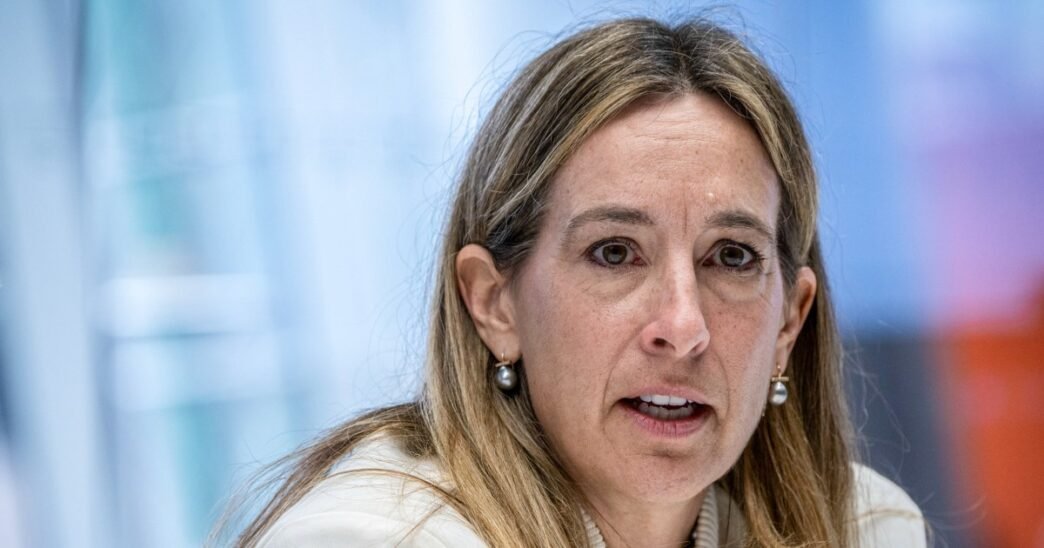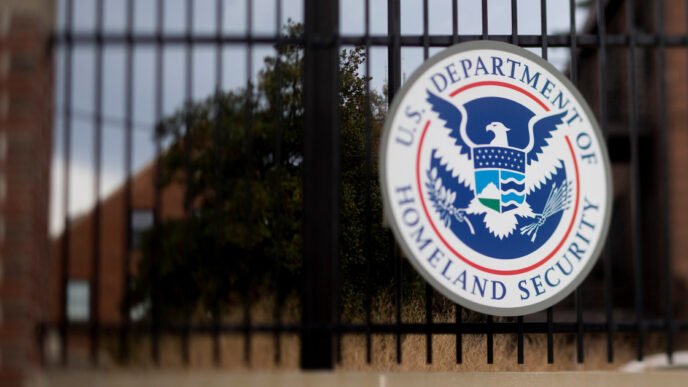One metric has traditionally been all but definitive when it comes to New Jersey Democratic contests: the county line. And by that metric, one candidate is running circles around the others ahead of the June 10 gubernatorial prim: Rep. Mikie Sherrill.
Sherrill has won endorsements from 10 of the state’s 21 county Democratic organizations, including three of the four largest. Only two of the other five candidates in the race, Rep. Josh Gottheimer and former state Senate President Steve Sweeney, have notched any county endorsements.













